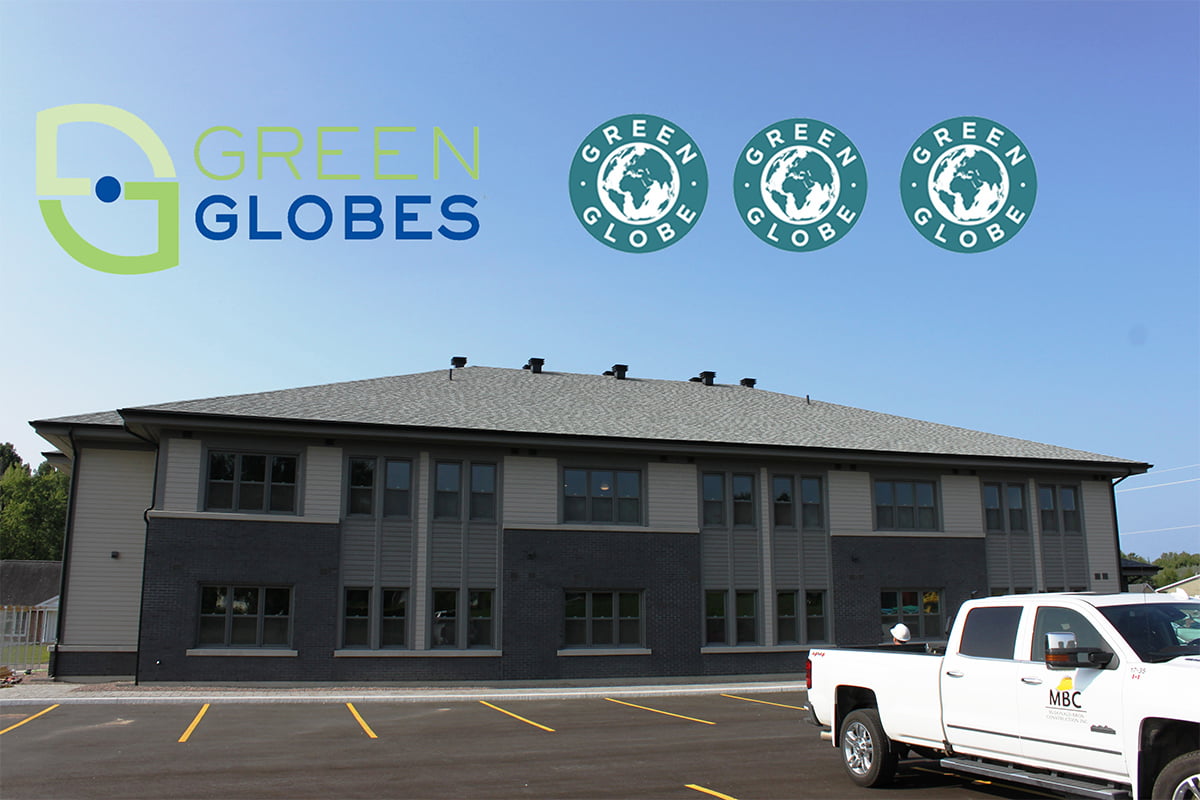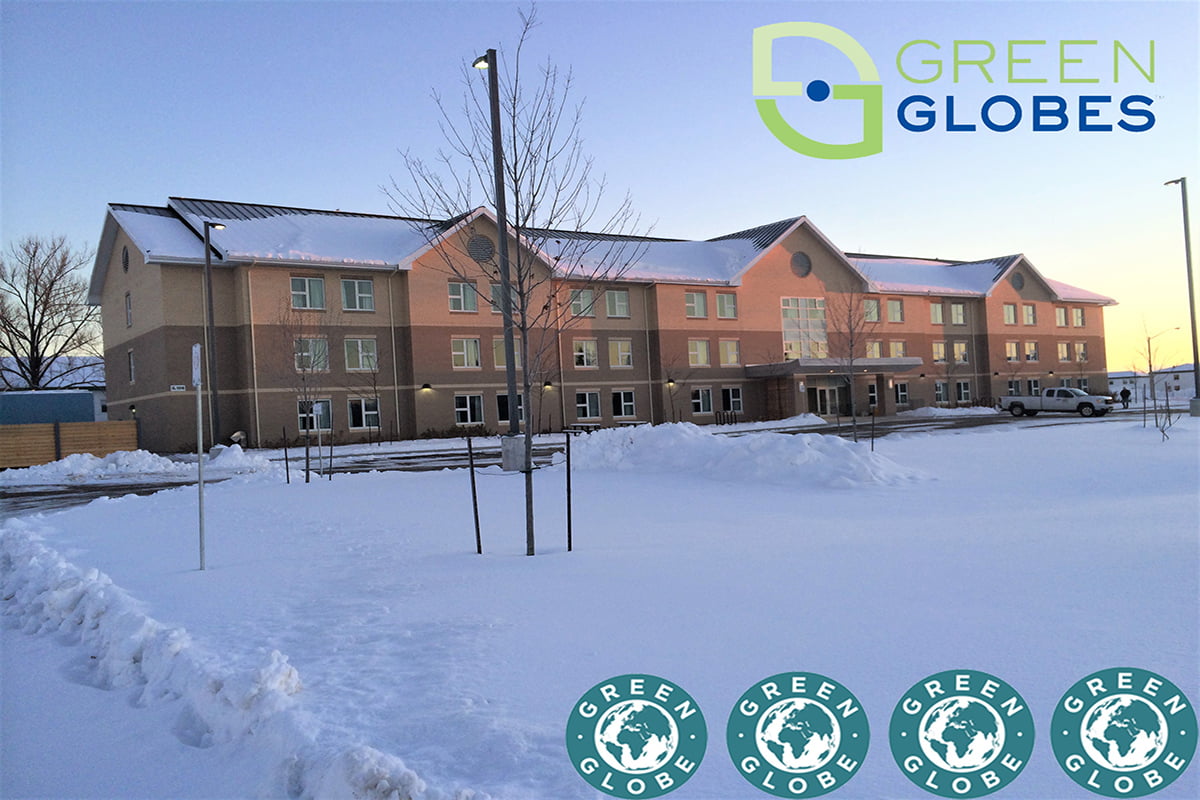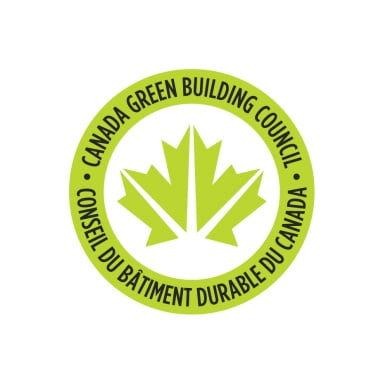Sustainable construction has never been more important to the construction industry as it is today. By incorporating environmentally friendly building materials and building practices into our projects, we believe we are doing our part in helping create a more sustainable future for our planet.
In many cases, sustainable construction practices not only benefit the health of the environment, but can also help reduce excess building and utility costs. In a previous article, we discussed how the use of the Passive House design can significantly reduce utility costs because of its ability to minimize the use of HVAC and ventilation systems. However, this is certainly not the only building design that can accomplish the reduction of excess energy.
One of the most prominent ways that buildings can reduce their ecological footprint is through good design and building practices. This can be accomplished in any project by working towards achieving traits outlined by the Green Building Initiative; a nonprofit organization that certifies buildings in North America as sustainable. They run one of the strongest certification processes for sustainable buildings, otherwise known as Green Globe certification.
Green Globe certification is a rating system that was established in the late 1990s and early 2000s. However, it has evolved extensively since its inception into the program it is today. The program provides sustainability certification through an extensive checklist and requirement regiment that has been established by members of the Green Globe council.
The program uses a globally accepted self-assessment grading system for projects that are intending to achieve Green Globe certification. This grading system mandates specific building practices with specific design elements that revolve around energy consumption, water consumption, resources, emissions, interior environment and environmental management system(s). Depending on how these areas are rated in each project will determine the number of Green Globes awarded.
For example, 1 Green Globe certification demonstrates a commitment to environmental awareness, whereas 4 Green Globes (the most you can receive) illustrates global commitment to the conservation of energy, water, and environmental awareness. In other words, it verifies that a building meets the required environmental standards that have been established by the Green Globe member’s council.
At MBC, we have made it our commitment to incorporate as many green construction elements into our building process as possible. Most recently, we completed a project for the Canadian Forces Housing Agency (CFHA) in Petawawa, Ontario. This housing project was a design build and consisted of a new two-storey, twelve-unit wood frame apartment, and houses army personnel. Each unit also has its own individual mechanical and electrical systems while maintaining high efficiency across the board, which required coordination amongst all trades alongside specific equipment. The project targeted achieving 3 Green Globes and has done so. Some of the elements that allowed this structure to achieve three Green Globes include its LED lighting, and air sourced heat pumps.
McDonald Brothers Construction has also completed the Training & Accommodations for the Medium to Heavy Lift Helicopter Program also in Petawawa, Ontario. This building is 63,000 square feet on three floors above grade with a full basement and storage facilities. The project achieved 4 Green Globes for similar features.
Finally, MBC is a proud member of the Canada Green Building Council. Sustainable construction is a concept that is seemingly becoming more important every year. We believe strongly in the well-being of our environment and keeping up with the innovation of building practices that can help to reduce our ecological footprint as leaders in the construction industry in Ottawa and throughout Ontario.





